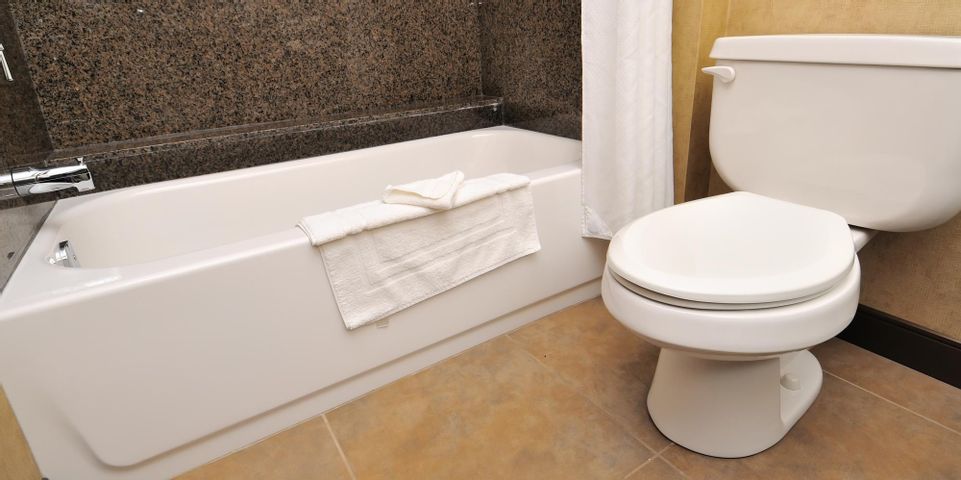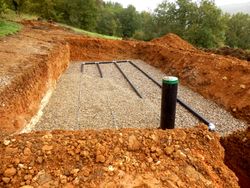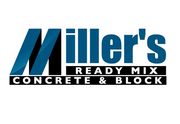What Is an Eljens Geotextile Sand Filter?

An Eljens Geotextile Sand Filter (GSF) is an on-lot sewage disposal system that can be installed in areas with restrictive soil conditions. These units can replace typical peat or sand filtration systems, making them a new go-to technology for sewage treatment facilities. Learn more about this unique system before contacting a concrete supplier to have yours installed.
How Does a GSF Work?
 During installation, the GSF unit is placed between 12 inches of sand and 12 inches of topsoil. Sewage water is transported to the GSF unit, where it enters a perforated pipe. The untreated effluent passes through the perforations into a cuspated plastic core, where the effluent is stored until it's filtered. It then moves on to the sand layer for a second filtration, and then to the under-soil for the third and final filtration.
During installation, the GSF unit is placed between 12 inches of sand and 12 inches of topsoil. Sewage water is transported to the GSF unit, where it enters a perforated pipe. The untreated effluent passes through the perforations into a cuspated plastic core, where the effluent is stored until it's filtered. It then moves on to the sand layer for a second filtration, and then to the under-soil for the third and final filtration.
What Are the Benefits of a GSF?
Unlike other sewage systems, a GSF is made from recycled materials, and it's lightweight and easy to handle. It also pre-treats effluent with a two-stage biomat process, which reduces site impact and allows you to keep your installation area small. Perhaps the most beneficial aspect is that a GSF can be installed in limiting zones, or areas deemed unable to remediate sewer water. Finally, no advanced filtration treatment unit is required between the septic tank and the leech field when using a GSF, since effluent can be distributed by gravity or pressure as needed.
If you’re looking to install a Geotextile Sand Filter at your home, contact a specialist at Miller's Ready Mix Concrete & Block in Gloversville, NY. This locally owned company has been in business for over 50 years, offering aggregates, concrete block, Redi-rock, and precast concrete. They service residential and commercial clients, and will even deliver on Saturdays. Visit their website or call (518) 661-5601 to schedule an appointment with an expert concrete supplier today.
About the Business
(33 reviews)
Have a question? Ask the experts!
Send your question

